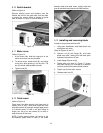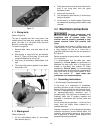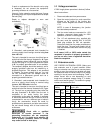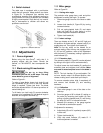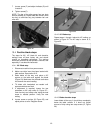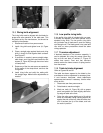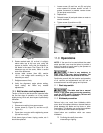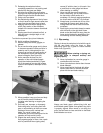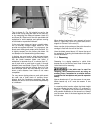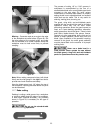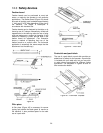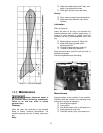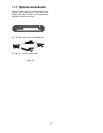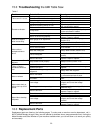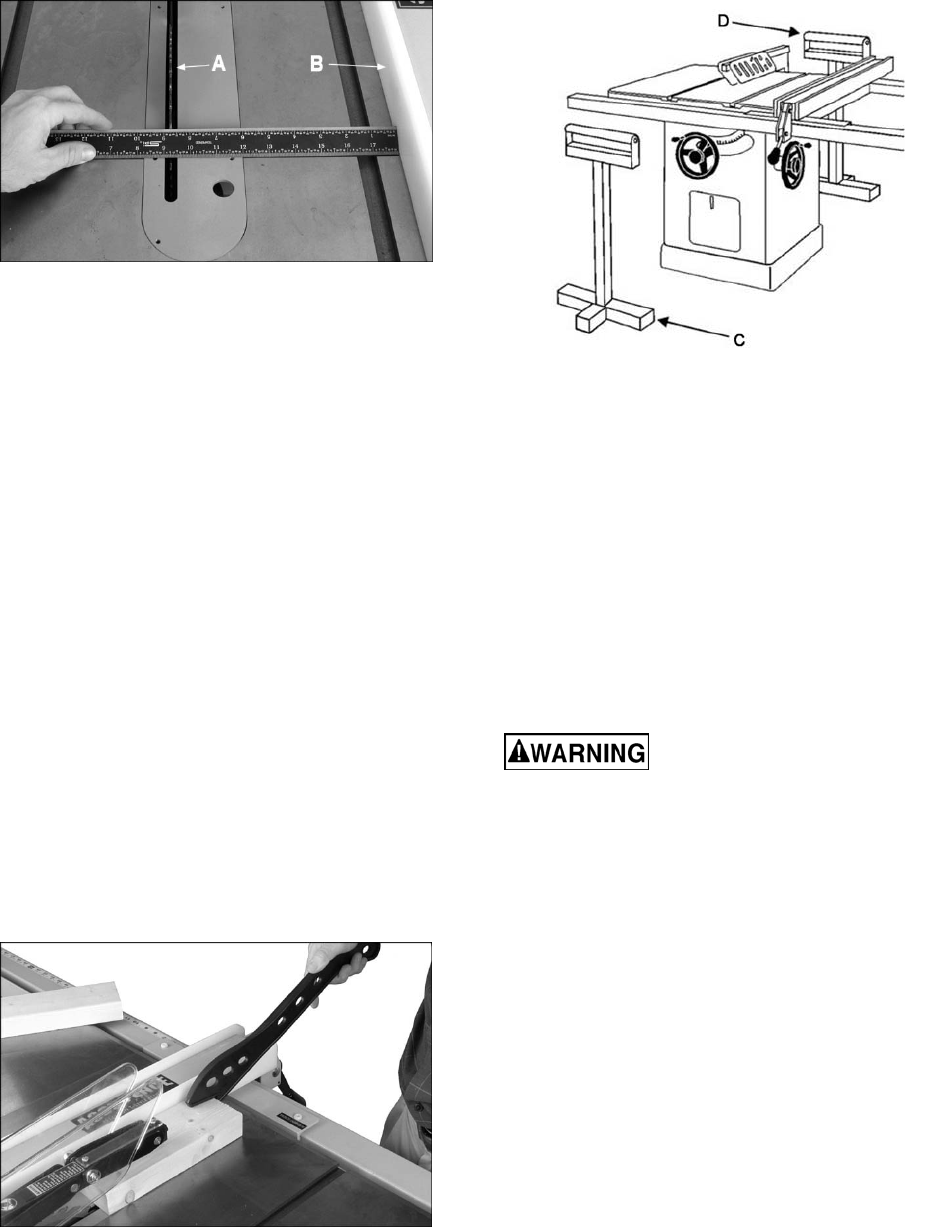
23
Figure 34
The rip fence (A, Fig. 34) should be set for the
width of the cut by using the scale on the front rail,
or by measuring the distance between blade (A)
and fence (B). Stand out of line with saw blade and
workpiece to avoid sawdust and splinters coming
off the blade or a potential kickback.
If the work piece does not have a straight edge,
nail an auxiliary straight edged board on it to
provide one against the fence. To cut properly, the
board must make good contact with the table. If it
is slightly warped, turn the hollow side down. Do
not attempt to cut boards with significant warp.
In ripping, use one hand to hold the board down
against the fence or fixture, and the other to push it
into the blade between blade and fence. If
workpiece is narrower than 6" or shorter than 12",
use a push stick or push block to push it through
between fence and blade (Figure 35). Never push
in a location such that the pushing hand is in line
with the blade. Move the hand serving as a hold-
down a safe distance from blade as cut nears
completion.
For very narrow ripping where a push stick cannot
be used, use a push block or auxiliary fence.
Always push the workpiece completely past the
blade at the end of a cut to minimize the possibility
of a kickback.
Figure 35
Figure 36
When ripping long boards, use a support at front of
table (C, Figure 36), such as a roller stand, and a
support or "tailman" at the rear (D).
Never use the rip fence beyond the point where the
carriage is flush with the end of the rails.
Have the blade extend about 1/8" above the top of
the workpiece. Exposing the blade above this point
can be hazardous.
11.4 Resawing
Resawing is a ripping operation in which thick
boards are cut into thinner ones. Note: A band saw
is the ideal tool for resawing.
If the table saw is used for
resawing, take precautions such as using an
auxiliary fence, resaw barrier or similar devices
to stabilize the workpiece and provide operator
safety.
Narrow boards up to 3" can be resawn in one pass.
Wider boards up to 6" must be resawn in two
passes.
In resawing wider boards, adjust the blade height
so as to overlap the two cuts by 1/2" as shown in
Figure 37. Too deep a first cut can result in binding
and possible kickbacks on the second cut. Always
use the same side of the board against the fence
for both cuts.



